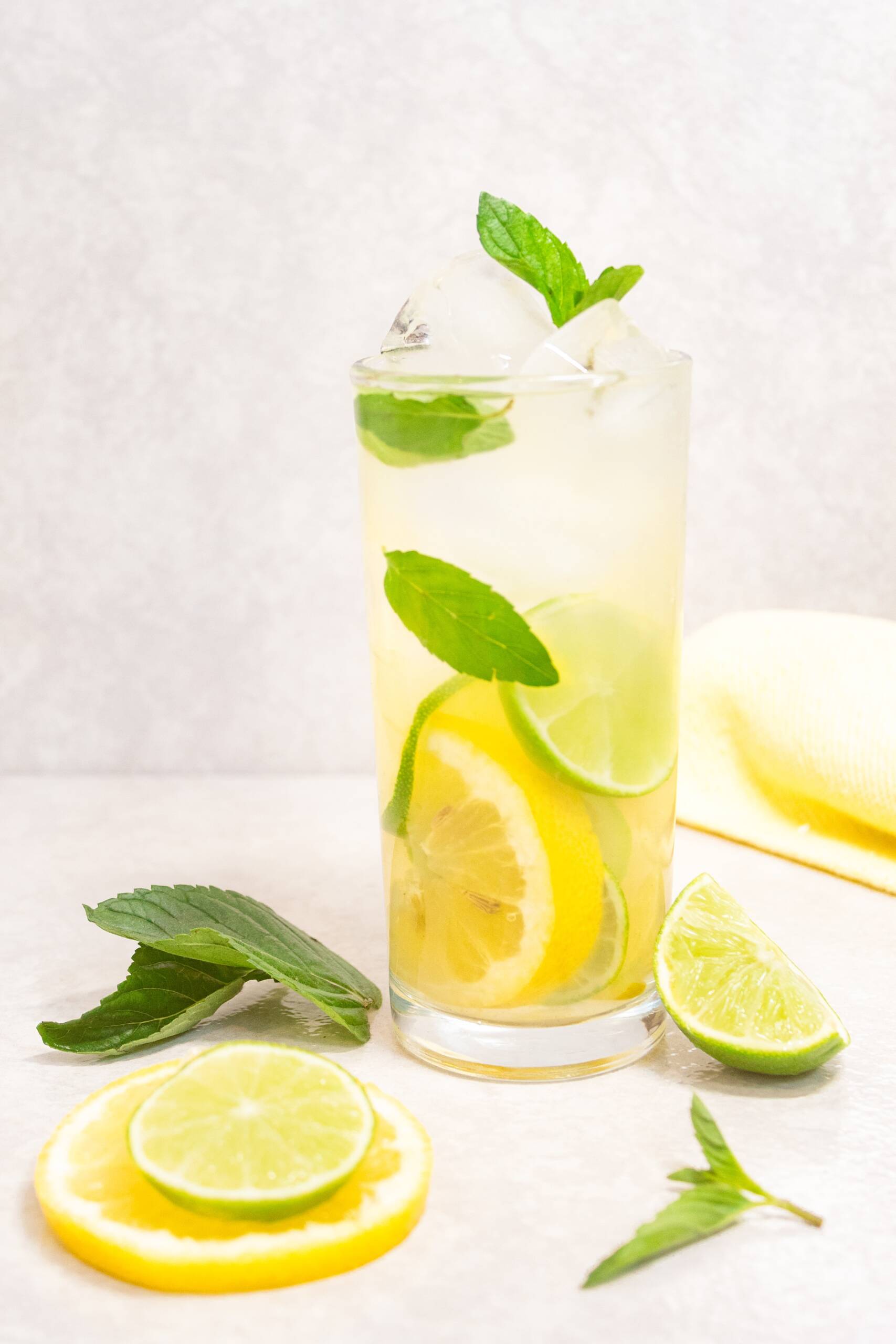
Lemons are a fruit with very high sugar content and are often confused with oranges. They are a versatile and delicious fruit that can be used in various ways. From adding flavour to dishes to refreshing drinks to cleaning around the house, fresh lemons are an essential ingredient in many recipes and household tasks.
According To FDA, the amount of juice in one lemon can vary greatly depending on the size, ripeness, and variety of the lemon. Generally speaking, a medium-sized lemon will yield about 3 tablespoons (45 ml) of juice, while a large lemon may produce up to 4 tablespoons (60 ml) of juice.
When it comes to juicing lemons, it’s important to remember that the riper the lemon, the more juice it will yield.
The lemon is a very useful fruit in cooking and baking. Not only that, but it also has many health benefits. A small lemon can make you feel good, even if you are not feeling good at all.
Some of the health benefits of lemon are also included in this article:

Lemons can be used to make lemonade or other drinks and are sometimes used in cooking. Juicing a lemon is a simple task that can be done with just a few steps. The right tools and techniques must be used to get the most juice out of a lemon.
Some of the methods are as follows:
Lemons can be squeezed with two hands, but it requires more effort. You must first peel the lemon. Squeeze the lemon water as hard as you can over a basin using clean hands. Squeeze it continuously until it is fully juiced. If you want to catch any seeds, you can alternatively cut the fresh lemon in half and squeeze each half, preferably over a fine mesh screen. Now, you can have your freshly squeezed lemon in no time.
Squeezing lemon juice from a fresh lemon can be very difficult if you’ve ever tried it. Using an electric juicer, however, will make juicing easier for you.
Using a hand-held juice press is among the simplest ways to juice a lemon. To operate a juice press, lemons must be cut in half. Place one lemon half into the cup of the press (the exposed side should face up) and squeeze until the lemon is completely empty of juice. Repeat with the second half of the lemon.
Despite not being quite as straightforward as a juice press, a citrus reamer also does the job well. To operate a citrus reamer, the lemon must be cut in half first. Then, twist the blade after inserting it into the exposed side of a lemon half over a bowl. Continue until it is fully juiced.
Lemon zest is the thinnest layer of the fruit’s peel. It is a source of certain vitamins, including vitamin C, essential for humans to maintain their health. Because the natural qualities of zest are concentrated in its oils, it tastes more flavorful and aromatic than fresh lime juice alone.
One of its main advantages is that it does not spoil when kept in the refrigerator or freezer, thus making it an ideal ingredient for cooking, baking, or even cocktails.
To zest a lemon, you might want to consider the following methods:
To get the zest of a lemon:
You can use a knife if you don’t have a grater. This is especially useful if the zest is going to be used as a cocktail garnish. In your dominant hand, firmly grasp the lemon. The yellow peel should be neatly sliced into strips using a chef’s knife. Work your way down the fruit, starting at the bottom.
Once the lemon has been fully peeled, mince the peel into a fine powder, and you’re good to go.
Lemon juice can sometimes be used as a suitable replacement for lemon zest, despite the latter’s flavour being somewhat different from juice (more floral and less tart).
The greatest time to substitute juice for zest is when only a small amount of zest is required. A teaspoon to a tablespoon of zest can be substituted with up to two and a half tablespoons of juice. Start with a small amount of juice and keep tasting it until the flavour is exactly right.
Using lemon essence or even lemon marmalade instead of the zest could be preferable if the recipe depends on the zest to lend a noticeably bright, fresh note. Add a tiny bit at a time and taste as you go. Alternatively, you can opt to postpone creating that specific recipe on that specific day, so you can go to the store searching for real lemons.
Was this article helpful? Let us know in the comments.
Headaches or stomach distress are common complaints. Those who regularly eat high amounts of lemon juice have been known to get dental deterioration. If taken too regularly, the natural acids in lemon juice can destroy teeth’ enamel. Tyramine levels in lemon juice are high.
Lemon juice is quite acidic, and consuming too much of it might give your teeth a tingling sensation. Over time, this may lead to more dental enamel decay.
At room temperature, lemons can stay fresh for up to two weeks. For best results, store them in a zipper-lock bag in the fridge for up to four weeks.
Pearl Lemon Juice is a part of the Pearl Lemon Group. We also own Bubble Tea, Matcha, and Coffee beverage café’s in Fulham and Marleybone!
© All Rights Reserved | Company Number: 10411490 | VAT Number: 252 7124 23 | Sitemap